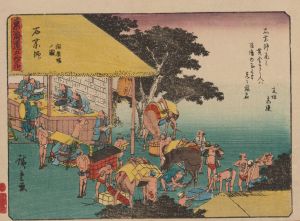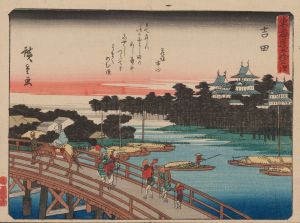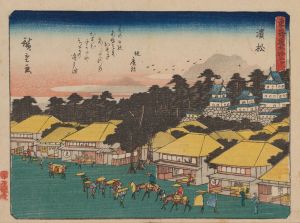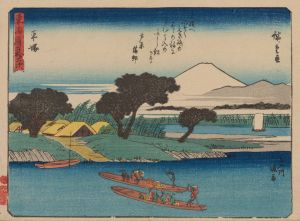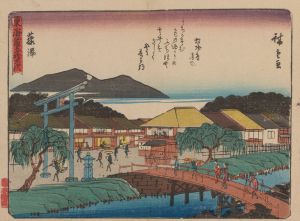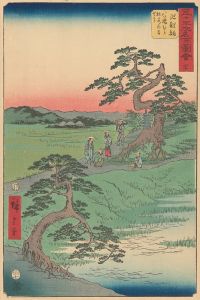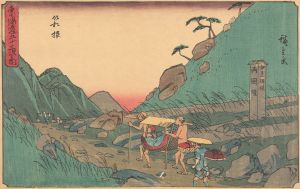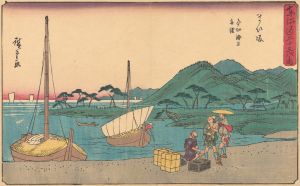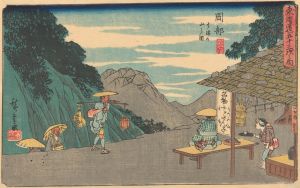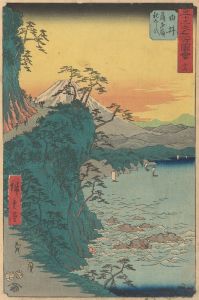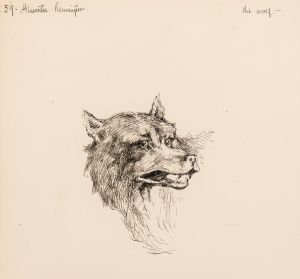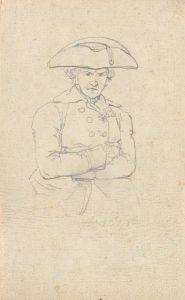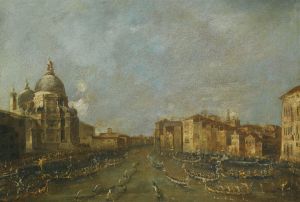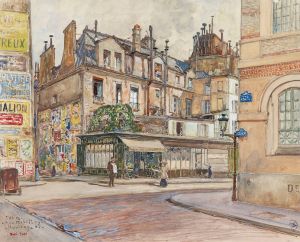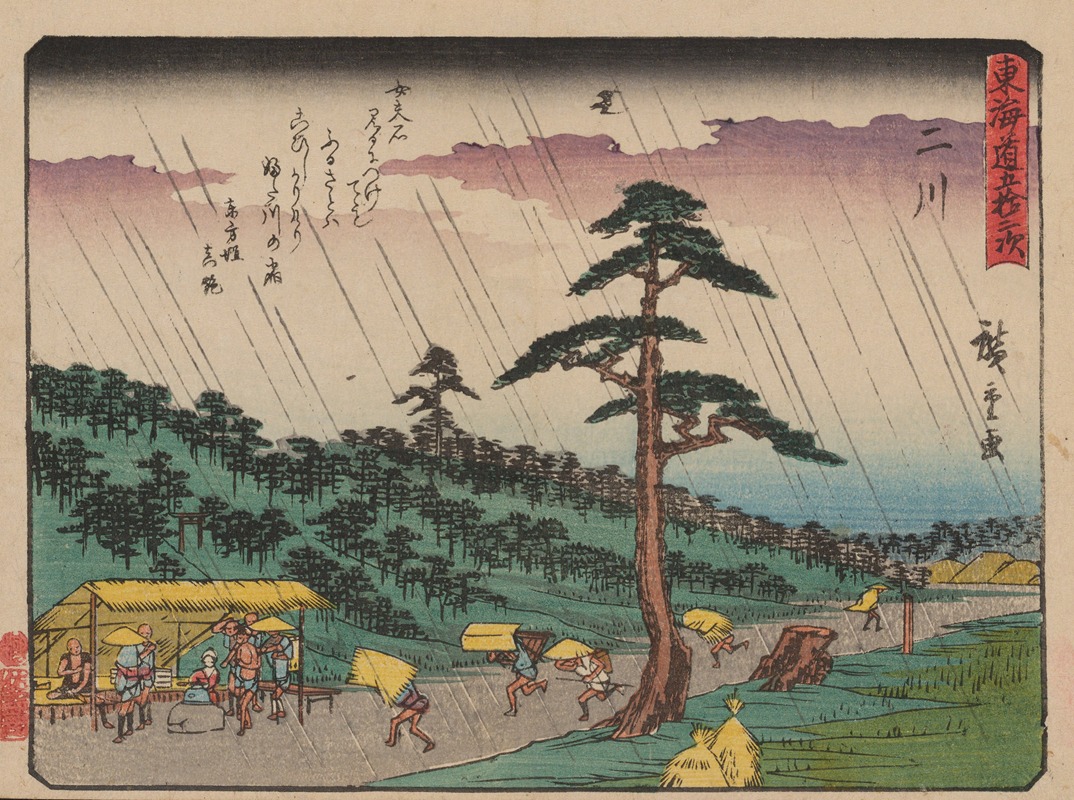
Tokaido gojusantsugi, Pl.34
A hand-painted replica of Andō Hiroshige’s masterpiece Tokaido gojusantsugi, Pl.34, meticulously crafted by professional artists to capture the true essence of the original. Each piece is created with museum-quality canvas and rare mineral pigments, carefully painted by experienced artists with delicate brushstrokes and rich, layered colors to perfectly recreate the texture of the original artwork. Unlike machine-printed reproductions, this hand-painted version brings the painting to life, infused with the artist’s emotions and skill in every stroke. Whether for personal collection or home decoration, it instantly elevates the artistic atmosphere of any space.
Andō Hiroshige was a renowned Japanese ukiyo-e artist, celebrated for his landscape prints and depictions of everyday life in the Edo period. One of his most famous series is "The Fifty-three Stations of the Tōkaidō" (Tōkaidō Gojūsan-tsugi), which illustrates the scenic journey along the Tōkaidō road, a vital route connecting Edo (modern-day Tokyo) to Kyoto. This series, created after Hiroshige's own travels along the Tōkaidō in the early 1830s, captures the diverse landscapes and cultural life of Japan during this era.
Plate 34 of this series is one of the prints that depict the various stations along the Tōkaidō. Each station served as a rest stop for travelers, offering lodging and other services. Hiroshige's work is known for its vibrant colors, dynamic compositions, and the ability to convey the atmosphere of each location. His prints often include people engaged in daily activities, travelers on the road, and the natural beauty of the Japanese countryside.
The specific print of Plate 34, like others in the series, would typically feature a scene from one of these stations. Hiroshige's attention to detail and his ability to capture the essence of a place are evident in the way he portrays the architecture, the landscape, and the people. His work provides a window into the past, offering insights into the travel culture and the natural environment of 19th-century Japan.
Hiroshige's Tōkaidō series was highly influential and remains one of the most celebrated works in the ukiyo-e genre. The series not only showcases his artistic talent but also reflects the cultural and social dynamics of the time. The prints were widely popular and contributed to Hiroshige's reputation as a master of landscape art. His ability to blend realism with artistic expression allowed him to create works that were both informative and aesthetically pleasing.
The Tōkaidō road itself was an essential part of Japan's infrastructure, facilitating trade, communication, and cultural exchange between the eastern and western parts of the country. Hiroshige's prints capture the essence of this vital route, highlighting its significance in Japanese society. Through his art, viewers can experience the journey along the Tōkaidō, with its varied landscapes, bustling stations, and the diverse array of people who traveled the road.
Hiroshige's work has had a lasting impact on both Japanese and Western art. His innovative compositions and use of color influenced many artists, including those of the Impressionist movement in Europe. The Tōkaidō series, in particular, is considered a masterpiece of ukiyo-e and continues to be studied and admired for its artistic and historical value.
In summary, Plate 34 of "The Fifty-three Stations of the Tōkaidō" by Andō Hiroshige is a part of a larger series that captures the essence of travel and life along one of Japan's most important historical routes. Through his detailed and expressive prints, Hiroshige offers a glimpse into the cultural and natural landscape of Edo-period Japan, making his work an invaluable resource for understanding the era.





